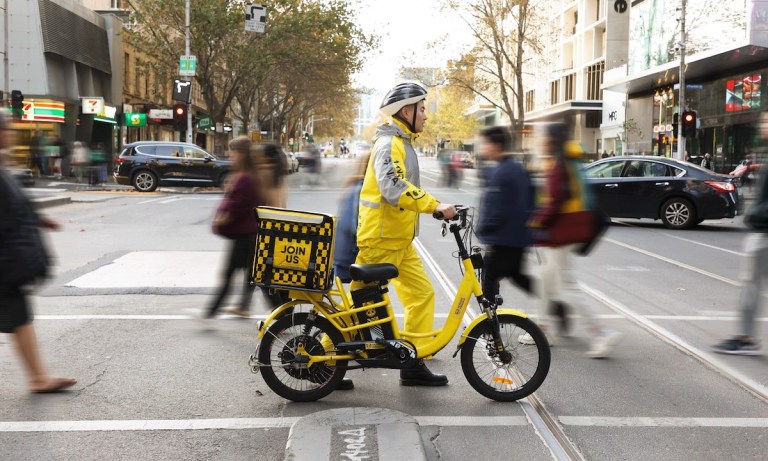
HungryPanda raised $55 million to help expand its Asian food delivery service in the United States.
The refinancing and fundraise will help the company “explore new opportunities to serve a broader range of minority ethnic communities,” according to a Monday (Sept. 30) press release.
Founded in 2017, HungryPanda operates in more than 80 cities in 10 countries. The company raised $130 million in a Series D in 2021, with its total funding to date reaching $275 million. HungryPanda attained profitability this year, the release said.
“Reaching profitability while maintaining significant growth demonstrates the strength of our business model and our long-term vision,” HungryPanda founder and CEO Eric Lui said in the release. “…HungryPanda is more than just a delivery platform. We see ourselves as an ambassador of Asian cuisine. With this new funding, we are poised to accelerate our expansion into North America, elevate our services, and continue to champion the richness of Asian food culture on a global scale.”
PYMNTS spoke last year with HungryPanda Chief Operating Officer Jingyao Wu, who said Chinese restaurants feel more comfortable using his company’s platform than mainstream aggregators because the language found on its internal controls is more familiar to them.
In addition, HungryPanda benefits from increased efficiency because, across the cities in which it operates, both the restaurants on the platform and the diners it serves tend to be “concentrating in certain areas in the city.”
“That makes our delivery efficiencies have a huge advantage, and also our food prices are higher than the other platforms, so that’s where our unit economics have more of an advantage in this market,” said Wu.
In other news from the world of aggregators, Instacart Chief Product Officer Daniel Danker told PYMNTS Bout his company’s efforts to expand beyond its role as a food delivery service, which means preparing new artificial intelligence tools to upgrade its grocery experience by making affordability more of a priority.
Instacart’s AI strategy centers on convenience and personalization, with features such as the “Buy it again” function, which typically includes more than 200 items for the average user.
“We want to make it effortless, and it’s beginner AI,” said Danker, adding that the first phase involves making food decisions effortless for the shopper. “Intermediate and advanced is going to get really exciting.”